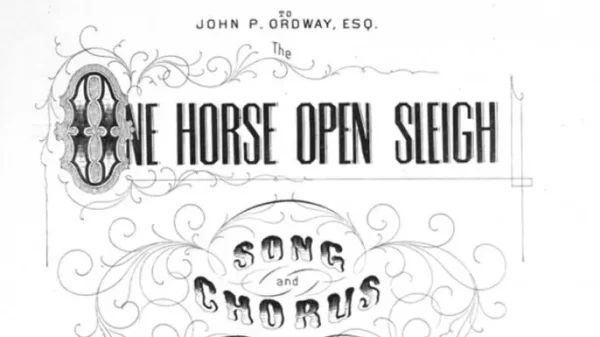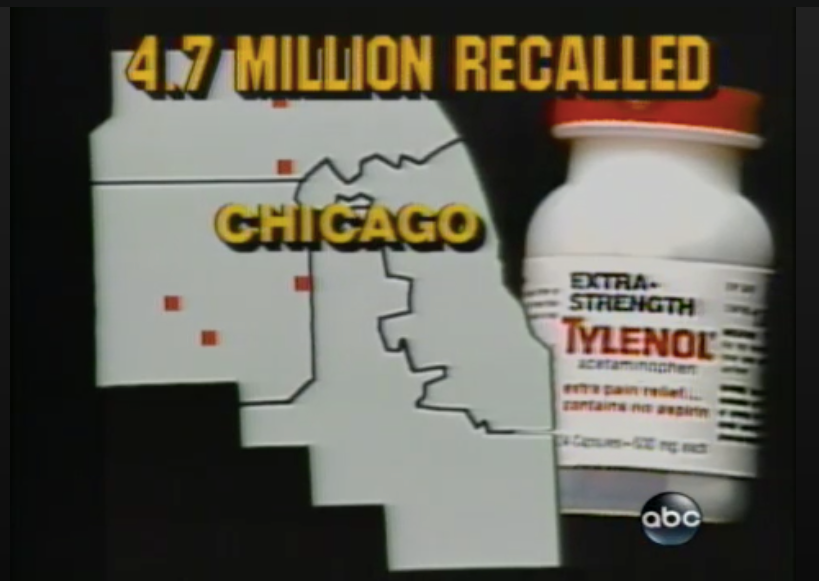
Whether you love it or hate it, Christmas music becomes a prevalent part of our daily lives at the end of every year. But where did Christmas music even come from, and how is it such a big part of our culture? The truth is that Christmas carols have been around for thousands of years, but they did not resemble the modern-classic pop songs by artists like Ariana Grande and Kelly Clarkson.
Origins of Carols
The word ‘carol’ was not originally associated with only Christmas. The traditions of modern day Christmas, specifically the singing of carols, are very similar to the ancient Pagan celebration of Saturnalia, which took place at the Winter Solstice. Carols were accompaniment to common circle dances that took place on this Solstice.
Carols were not associated with church, and specifically Christmas, until many years later. The first appearance of Christmas-associated carols happened when Christianity morphed the old Solstice tradition into a celebration of religion at church. In the 13th century, people began developing carols native to their specific celebrations and languages. This was because most original Christmas hymns were in Latin, and this hindered the popularity of them. These carols were still, however, related specifically to religion and Christianity. The general festive music we hear today wouldn’t come until centuries after.

Despite the reformation of the original Pagan tradition, Christmas carols were banned in England during the 1600s because of their Pagan roots. People still sang them in secret, however, overall carols were not as popular in the Victorian Era.
After this Era, the holiday of Christmas began to morph into a family-oriented holiday, and it was common to sing carols after Christmas dinner. Still common tunes, such as “Good King Wenceslas” and “God Rest Ye Merry Gentlemen”, were composed at this time.
Christmas Caroling
Caroling as an activity emerged in the 18th century with a group called “Waits.” This group was associated with the Christian church and hired by political leaders to spread religious messages. They only caroled on Christmas Eve, which was commonly referred to as “Watchnight”. These singers would go throughout their communities and collect money for the church. These “Waits” fell out of style in the 18th century.
In modern days, caroling is less associated with religion as it is with spreading joy. Many choirs perform around populated urban areas for the fun of singing. It is modernly associated as a way to bring people together and spread Christmas cheer.
The Modern-Day Christmas Song
While caroling the more traditional songs is still very present in modern culture, even more present some would say, is the Christmas music you hear on the radio. These songs are not commonly associated with religion; they often focus on the holiday as a whole. But how did these songs originate? Where was the shift from traditional carol to modern pop song? Most popular modern Christmas songs were published in the mid twentieth century, however arguably one of the most famous was published in 1857 by James Pierpont: Jingle Bells.
Jingle Bells

“Jingle Bells” was not originally published with the familiar name it holds today. It was originally released under the title “One Horse Open Sleigh” before being changed soon after to what we know today. Surprisingly enough, this song was not originally intended to be associated with Christmas. The song was first performed during a Thanksgiving church service. The song’s lesser-known lyrics describe activities that were considered risque in those times. The composer was known for rebellion, and this song showcased that side of him perfectly. This song was one of the first songs not directly related to religion to be published and become associated with Christmas.
Twentieth Century Onslaught

The twentieth century saw the publication of nearly every “classic” Christmas song we hear today. These songs have dozens of covers by various artists but were all originally published in the 1900s. “Santa Claus Is Comin’ To Town,” which was later associated with the popular claymation movie, was released in 1934 on the banjo. The popular swing version was not published until the 1940s. The ballad “White Christmas” was released in 1942 in accompaniment to the movie “Holiday Inn.” These back-to-back releases also included “Rudolph the Red Nose Reindeer” in the 1940s.
Other Christmas classics published in the 1900s were…
- “Sleigh Ride,” 1948.
- “Santa Baby,” 1953.
- “Jingle Bell Rock,” 1957.
- “Most Wonderful Time of the Year,” 1963
These songs all shared one commonality: their style. They all share that crooning, soft feel with a low-pitched male singer that is not necessarily sad but also not as jovial musicality. This was the motif until the 1970s publication of the history-making release of the Spanish Christmas song: “Feliz Navidad.”
Transcending Language

Until this point in the musical world, there were no Spanish-language Christmas songs being played on the regular for American citizens. That changed when Jose Feliciano released the dual-language catchy hit of “Feliz Navidad”. The song repeats the same verse twice: once in Spanish and once in English. It was instantly a hit and became the first Spanish Christmas song to be played on the radio in the U.S.A. It bridged a language barrier between two cultures and encouraged the enjoyment of Spanish-language music. Fifty years later, this song is still one of the most popular Christmas songs out there and remains a day-to-day listen for many people during the holiday season.
The Pop-Off of Christmas Pop Songs
The famous release of Mariah Carey’s “All I Want for Christmas is You” in 1994 marked a turning point in the style of Christmas music being released. First and foremost, it was written and sung by a female artist of color. Secondly, it was composed with an upbeat, joyous pop beat backing the lyrics of the song. It was a direct juxtaposition to the ballads of the early 1900s and marked a shift that has lasted until today’s time. This led the way for the release of songs in the 2010s with a similar style, such as “Underneath the Tree” by Kelly Clarkson in 2013, “Santa Tell Me” by Ariana Grande in 2014, and “Christmas Tree Farm” by Taylor Swift in 2019.

While Christmas music has evolved drastically over the centuries, one thing has remained true: it has remained a constant, impactful presence. From church carols to ballads to upbeat pop mixes, Christmas music will continue to reach millions of people in the years to come; it will forever be a timeless marking of the holidays.
Works Cited:
- 50 Years Later, ‘Feliz Navidad’ Still Delivers On Its Bilingual Message. (2020, December 14). NPR. Retrieved December 9, 2024, from https://www.npr.org/2020/12/14/945401085/50-years-later-feliz-navidad-still-delivers-on-its-bilingual-message
- Klein, C. (2023, December 12). 8 Things You May Not Know About ‘Jingle Bells’. History.com. https://www.history.com/news/8-things-you-may-not-know-about-jingle-bells
- Crae, R. (2018). Story Behind the Christmas Song – Santa Claus is Comin to Town. Sunday Post. https://www.sundaypost.com/fp/story-behind-the-christmas-song-santa-claus-is-coming-to-town/
- The history of singing Christmas carols. (n.d.). University of Plymouth. Retrieved December 9, 2024, from https://www.plymouth.ac.uk/discover/the-history-of-christmas-carols










